- What We Do
- Agriculture and Food Security
- Democracy, Human Rights and Governance
- Economic Growth and Trade
- Education
- Ending Extreme Poverty
- Environment and Global Climate Change
- Gender Equality and Women's Empowerment
- Global Health
- Water and Sanitation
- Working in Crises and Conflict
- Disaster Assistance
- Political Transition Initiatives
- Conflict Mitigation and Prevention
- Countering Violent Extremism
- Disaster Risk Reduction
- Peacebuilding and Reconciliation
- Providing Safe & Secure Environments for Development
- Recovering From Crisis
- Resilience
- Tech Challenge for Atrocity Prevention
- World Humanitarian Day
- U.S. Global Development Lab
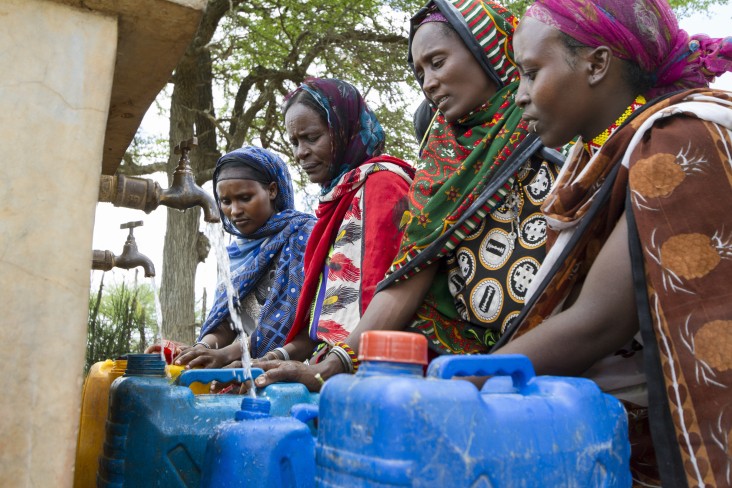
Latest Horn of Africa Fact Sheet
Horn of Africa Map - 09-21-2017 ![]() (pdf - 505k)
(pdf - 505k)
view text version [pdf, 225kb]
Key Developments
USAID's Office of U.S. Foreign Disaster Assistance (USAID/OFDA) is responding to the complex emergency in the Horn of Africa region, including in Ethiopia, Kenya, and Somalia.
The fifth round of emergency food distributions provided by USAID’s Office of Food for Peace partner the UN World Food Program (WFP) are ongoing in Ethiopia’s Somali Region, benefitting 3.3 million people, or 60 percent of the region’s population, including 200,000 conflict- and drought-affected internally displaced persons. WFP is also initiating a three-month blanket supplementary feeding program for the prevention and management of moderate acute malnutrition for approximately 400,000 children younger than five years of age and pregnant and lactating women in 45 Somali districts worst affected by malnutrition. The UN Central Emergency Response Fund—a pooled humanitarian fund established and managed by the UN to support sudden-onset and underfunded emergencies—and the Government of Denmark recently contributed $10 million and $4 million, respectively, in support of blanket supplementary feeding programs in Somali Region.
In late August, health actors reported a 27 percent increase in the number of new acute watery diarrhea (AWD) cases, predominantly in Afar, Amhara, and Tigray regions. The increase is attributed in part to community transmission at large public gatherings at holy water sites, as well as seasonal worker migration. In Somali, the number of newly reported cases has continued to decrease since peaking in April. As of August 29, health actors had recorded more than 43,000 suspected AWD cases and nearly 840 related deaths in Ethiopia, according to the UN World Health Organization.
Please visit our Horn of Africa web page for additional information.
Background
Ethiopia is experiencing its second severe drought in less than two years. Insufficient rainfall during the 2017 rainy season has led to severe water shortages, catastrophic livestock losses, and failed crops throughout the country. The drought in southern Ethiopia comes as the country’s north and central highland communities continue to recover from a severe drought in 2016 triggered by multiple consecutive seasons of below-average rainfall and the effects of the 2015/2016 El Niño climatic event. In August 2017, the Government of Ethiopia estimated that 8.5 million people in the country would require humanitarian assistance through December, primarily due to increased drought-related needs in southern and southeastern parts of Ethiopia.
In addition to drought, populations across Ethiopia face other challenges that contribute to sustained humanitarian needs and an ongoing complex emergency—including above-average food prices, disease outbreaks, localized intercommunal conflict, seasonal flooding, and limited access to health and water, sanitation, and hygiene services.







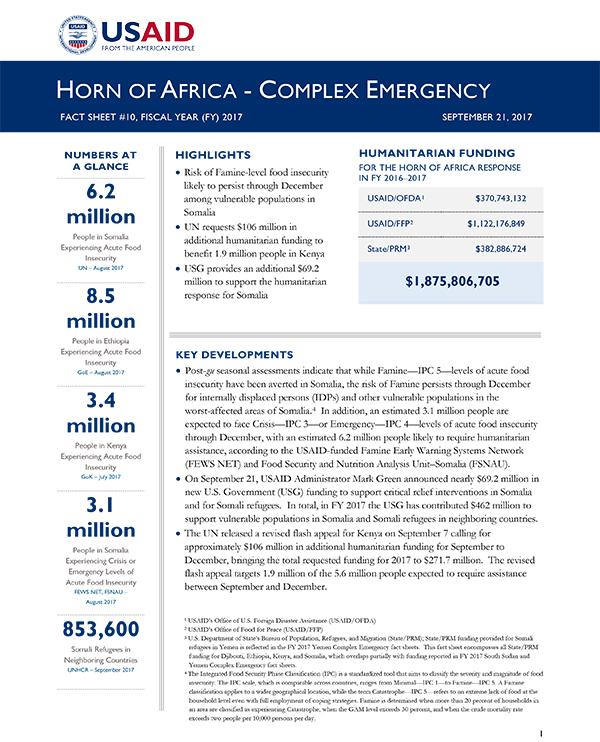
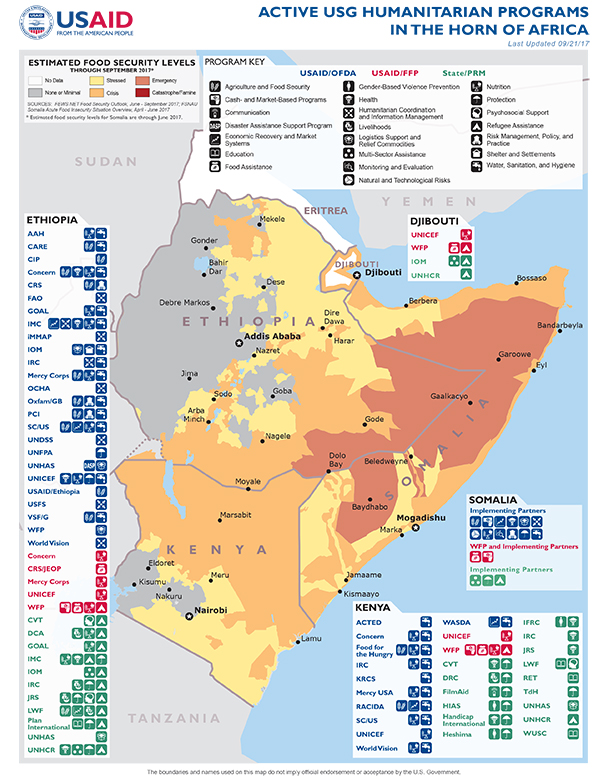
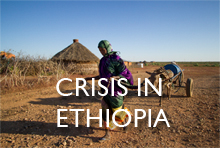
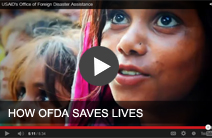
Comment
Make a general inquiry or suggest an improvement.